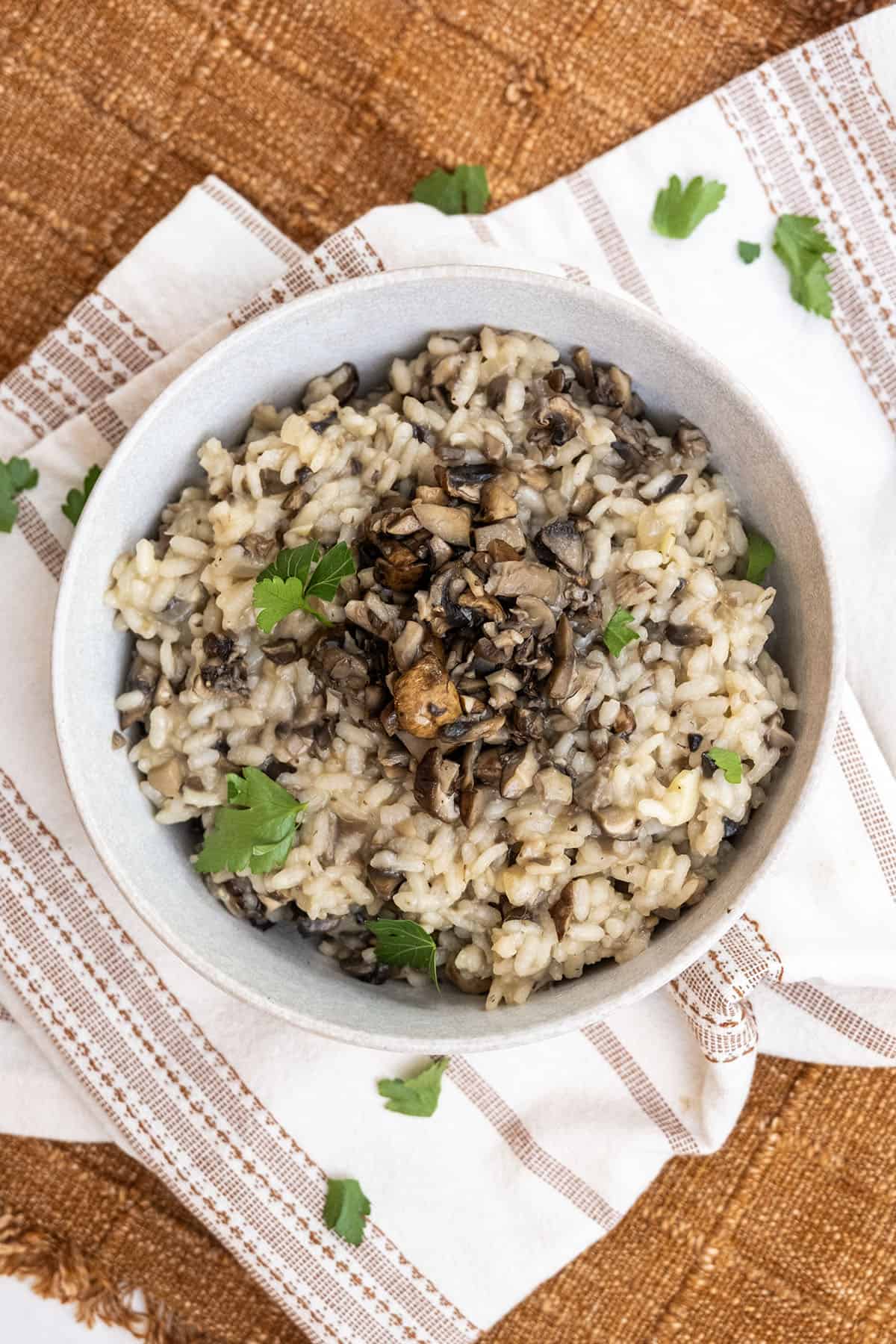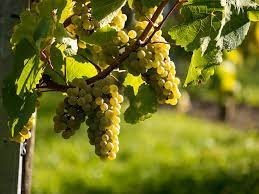
Barolo
The wine is celebrated for its powerful structure, complex flavors, and significant aging potential.
All About Barolo
Appearance
- Color: Bright ruby, transitioning to garnet with age.
- Opacity: Medium to high, with a clear and bright appearance that reflects the wine’s concentration and depth.
Aroma
- Primary Aromas: Floral notes such as rose and violet, along with red fruit aromas like cherry and raspberry.
- Secondary Aromas: Developed from oak aging, including hints of licorice, tar, and spices.
- Tertiary Aromas: With extended aging, Barolo develops complex aromas such as dried fruits, leather, tobacco, and truffle.
Flavor Profile
- Fruit Flavors: Dominated by red fruits like cherry and raspberry, with deeper notes of plum and fig as the wine ages.
- Other Flavors: Notes of licorice, tar, earth, and spices such as cinnamon and clove are common, along with hints of chocolate or tobacco in aged wines.
- Oak Influence: Significant, with Barolo wines often aged in large oak barrels, imparting flavors of vanilla, toast, and sweet spices.
Structure
- Body: Full-bodied, providing a rich and velvety texture.
- Tannins: High, giving the wine a firm structure that softens with age, making it ideal for long-term cellaring.
- Acidity: Medium to high, which balances the tannins and contributes to the wine’s longevity.
- Alcohol: Between 13.5% and 15%
Join the club
Get this varietal often & more delivered to your doorstep when you join our wine club!
-
Classic Series Membership
Regular price From $39.00Regular priceUnit price / per -
Vintners Series Membership
Regular price From $42.00Regular priceUnit price / per -
Limited Series Membership
Regular price From $52.00Regular priceUnit price / per
Pairings for Barolo

Mushroom Risotto or Truffle Dishes
Mushroom risotto, a creamy Italian dish, combines the earthy flavors of sautéed mushrooms with the creamy texture of arborio rice. The dish is often finished with Parmesan cheese and fresh herbs, creating a rich and savory experience. To complement these flavors, wines with earthy, fruity notes and balanced acidity are ideal. Light to medium-bodied red wines like Pinot Noir or Nebbiolo enhance the umami of the mushrooms, while full-bodied whites like Chardonnay or Pinot Gris provide a refreshing contrast to the risotto’s richness.

Braised beef or lamb shank
The wine’s robust tannins and rich fruit flavors complement the savory, slow-cooked meat, enhancing the depth and complexity of both the dish and the wine.

Aged cheeses like Parmigiano-Reggiano or Pecorino
Aged cheeses such as Parmigiano-Reggiano and Pecorino are rich, complex cheeses renowned for their firm texture and deep flavors. Parmigiano-Reggiano, with its nutty and savory notes, is often grated over dishes or enjoyed in thin shards. Pecorino, made from sheep's milk, has a distinctively sharp and tangy profile. These cheeses excel as stand-alone snacks, paired with fruit and nuts, or incorporated into various recipes. Their aging process intensifies their flavors, making them ideal for pairing with bold wines, enhancing culinary experiences through their robust characteristics.
Popular Locations for Barolo

Italy




